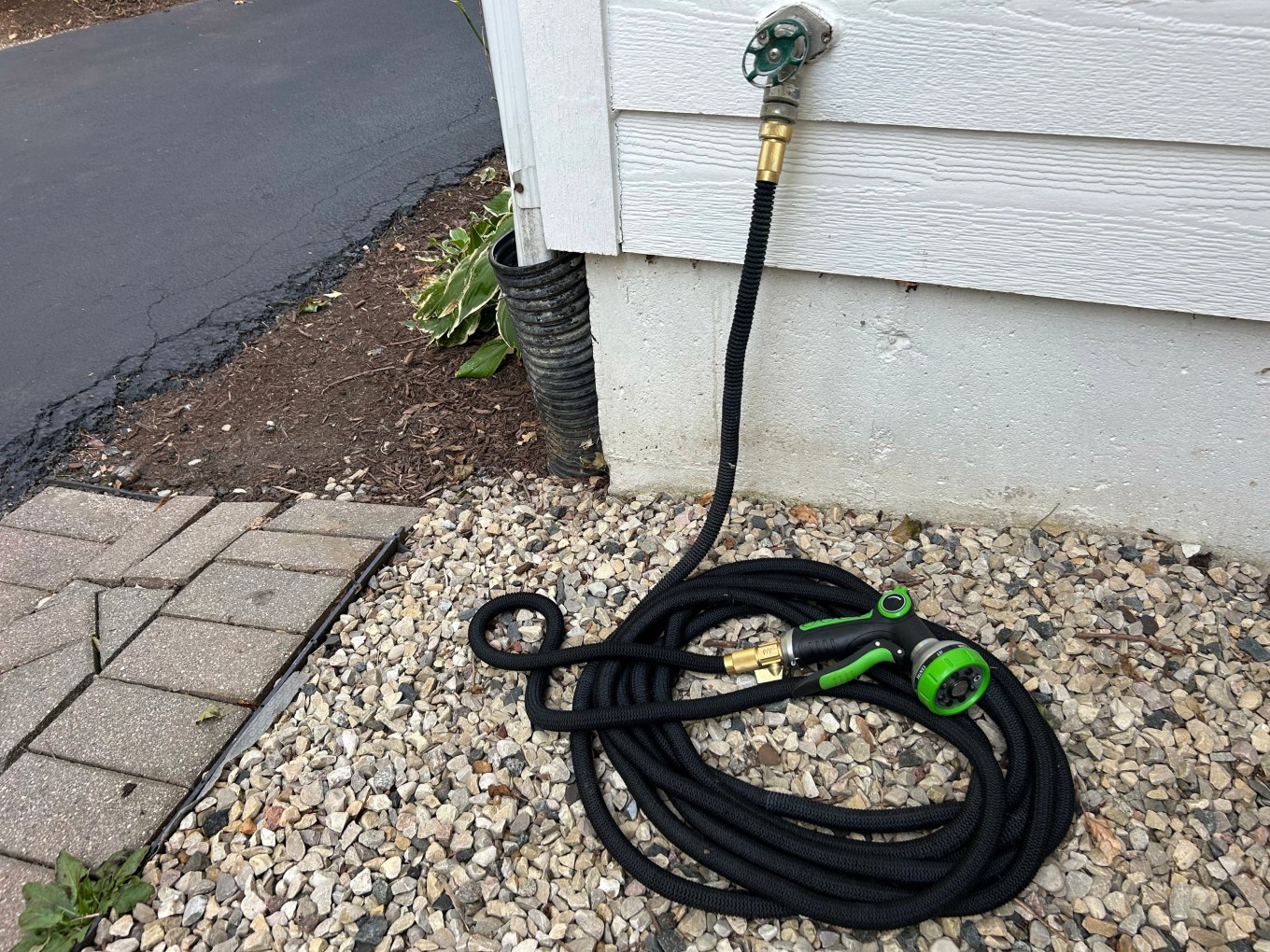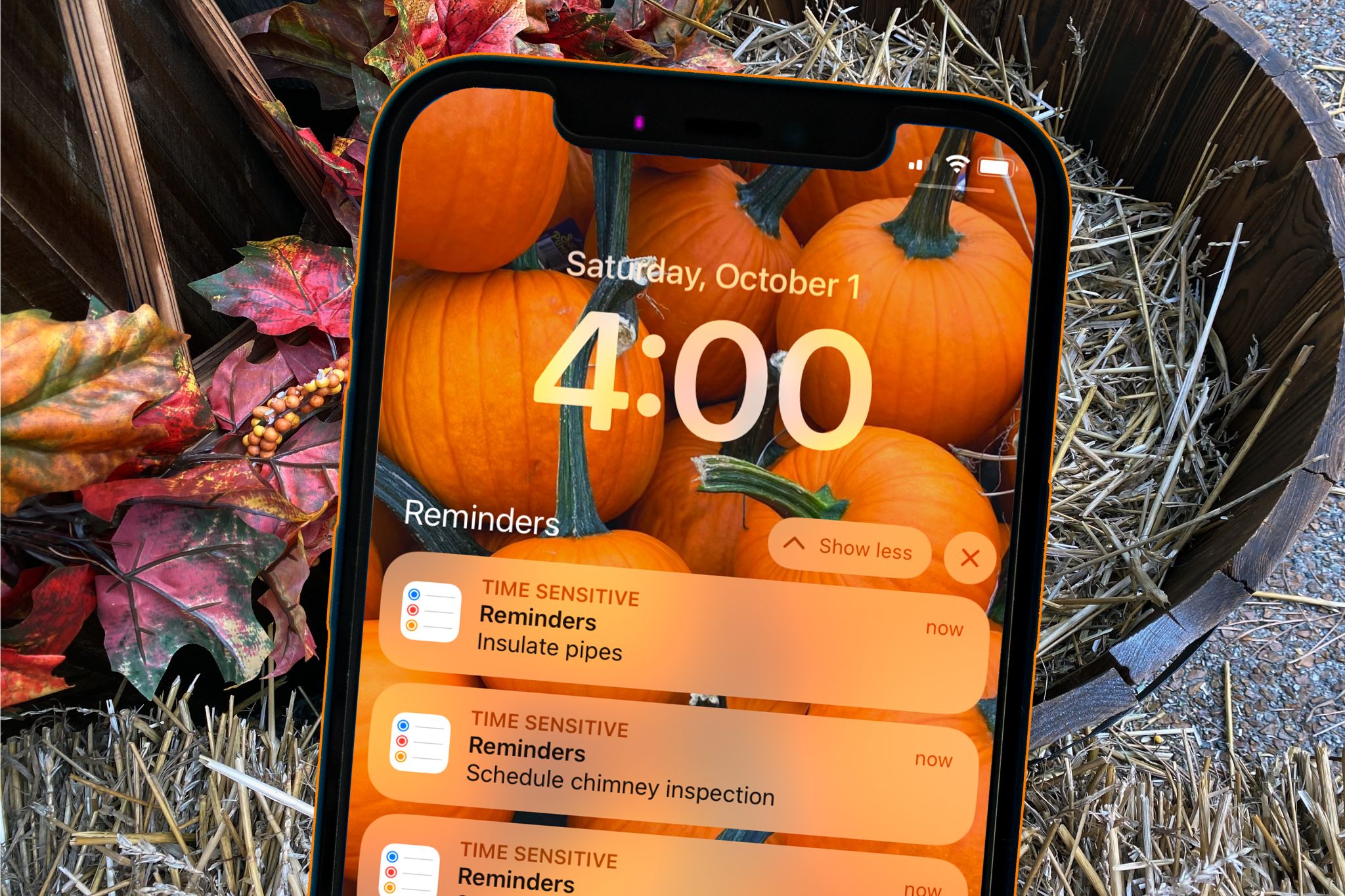The temps are starting to drop, and the smell of wood smoke is in the air. That's when veteran homeowners know it's time to do these six things if they want to avoid trouble or overspending.
#1 Buy Appliances

Whisper to them. Do a rain dance. Whatever it takes to get your old appliances to wait until fall to go on the fritz. Manufacturers bring out their latest models during the fall, and store owners offer big sales on appliances they want to move out — like last year's most popular dishwasher. So September, October, and November are great months to buy.
But October is right in the middle, when there's still plenty of selection and retailers might be more willing to haggle.
Refrigerators are the exception because new models don't come out until spring.
Related: What Specific Days Will Get You the Best Deals on Appliances
#2 Switch the Direction of Ceiling Fans

Most have a switch to allow the ceiling fan blades to rotate either clockwise or counterclockwise. One way pushes air down to create a nice breeze, and the other sucks air up, helping to distribute the heat. Think counterclockwise when it's warm and clockwise when it's cool.
#3 Clean Windows

Daylight is about to dwindle so why not get as much of it as you can? Clean off all the bugs, dust, and grime from your windows while the weather is still warm enough to comfortably do the job. For streak-free windows, combine one-quarter cup of white vinegar with one-quarter to one-half teaspoon of eco-friendly dish detergent and two cups of water.
If window cleaning isn't a DIY job at your home, schedule a professional window cleaner (who, unlike most of us, is able to do it even when temperatures plummet) before the end of the month. The closer it gets to the holidays, the busier they get. Bright sunshine on winter's arkest days makes the effort totally worthwhile.
#4 Schedule a Heating Unit Checkup

To help your family feel their toes all winter, schedule early in the month for your heating unit to be serviced. As temperatures drop, service companies get busier.
Whether you hire your heating company's technician or a contractor to do it, they'll clean soot and corrosion from the combustion chamber, replace filters, and check the whole system for leaks, clogs, and damage. Nothing pairs with a pending blizzard better than the assurance that you'll be weathering the storm with warm air piping through the vents and cocoa in hand.
#5 Disconnect, Drain, and Store Outside Hoses

In October, you can get so focused on leaf cleanup and shrub trimming that you forget about your outdoor spigot and hoses. When the temperature drops below freezing, the water inside an outdoor hose can quickly freeze, and the outside spigot can even burst, according to Bieg Plumbing & Mechanical in St. Louis.
To remove the nozzle and hose, start by closing your shutoff valves to outside faucets. Squeeze the spray nozzle to release the water pressure; then remove the nozzle. Finally, disconnect the hose, let the water drain, and store the hose, keeping its natural shape, in your garage or basement. You can even find hose hangers starting at about $10 at Amazon or a big box store.”
#6 Insulate Exposed Pipes

If you've ever dealt with a burst pipe, you know it's a sad, wet disaster that's worth preventing. To avoid the stressful (not to mention, expensive) ordeal, prep your home's exposed pipes with foam or heat tape, choosing the one that will work best in your climate. Remember, the most at-risk pipes are often those in unheated areas such as an attics, crawl spaces, and garages, so secure those first.
